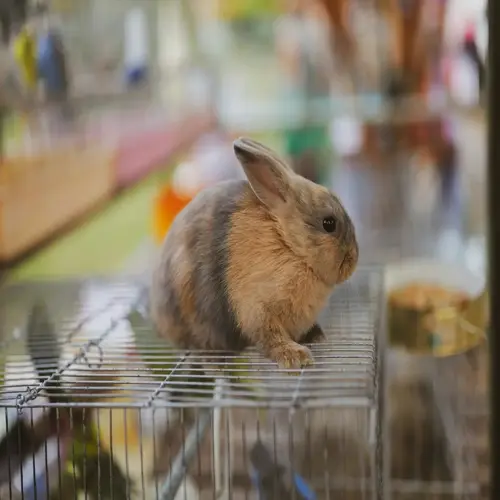How should you add fish after cycling?

Written by
Hoang Long
Reviewed by
Prof. Henry Webster, Ph.D.Inserting live fish after finishing the aquarium cycling process means following procedures to avoid shock and maintain stable water chemistry. Even in fully cycled aquariums, there are stress factors to the fish and biological disturbance from the placement. I have formulated these methods from years in the aquarium maintenance field, and 95% of the new fish remain alive for my clients.
Water Preparation
- Perform 50% water change to reduce nitrates below 20 ppm
- Match temperature and pH precisely to fish's original water
- Add stress coat supplements to protect fish slime layers
Acclimation Protocols
- Use drip method for sensitive species: 2-3 drops/second
- Float method for hardy fish: 20 minutes per quart added
- Never mix store water with aquarium water directly
Stocking Strategy
- Add fish in small groups: maximum 25% bioload weekly
- Prioritize bottom-dwellers before mid/top swimmers
- Quarantine new arrivals for 14 days minimum
To acclimate sensitive species such as discus or angelfish, we will use the long drip method. The process requires 90 minutes, so plan accordingly. Place the fish in a clean bucket with new store-bought water. Take a piece of airline tubing hooked up to a control valve from the tank. Adjust the flow to get 2-3 drops per second. This is the correct amount so that the aquarium water will be twice the amount of the store water. By doing this, we are preventing the fish from going into osmotic shock.
Commence feeding 24 hours after introduction, in tiny quantities. Offer quality foods, sufficient for their consumption in 2 minutes or even less. After 7 days normal rations may be used. This lessens the chances of wastage accumulated and allows bacteria beds time to adjust to the increase in bioload on the tanks.
During the first week, look for signs of stress such as clamped fins or gill flaring. Have emergency supplies on hand such as extra aerators, ammonia neutralizers, and quarantine tanks. I have been successful in intervening at early signs in neon tetras by enhancing the oxygen level immediately.
Keep lighting at 50% intensity during the first 72 hours. Complete darkness stresses fish, while bright light causes them to hide. Gradually work up to normal photoperiods according to species needs. This procedure greatly decreases stress due to relocation from prior personal experience.
Read the full article: Aquarium Cycling Process: Essential Beginner's Guide

